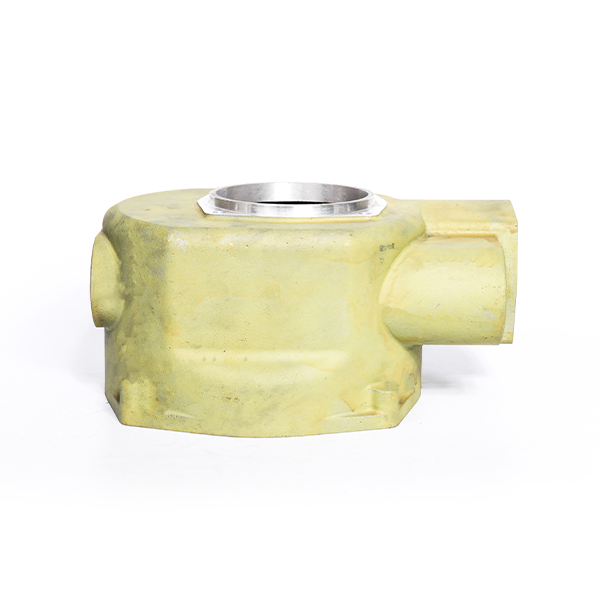Mobile:+86-311-808-126-83
Email:info@ydcastings.com
what is die casting
What is Die Casting?
Die casting is a manufacturing process that is primarily used to produce metal parts with high precision and complexity. This method utilizes molten metal, which is injected into a mold at high pressure. It is widely adopted in various industries for its efficiency, cost-effectiveness, and ability to produce intricate shapes that are often difficult to achieve through other manufacturing processes.
The Die Casting Process
The die casting process is broken down into several key stages. First, the die, which is the mold made from steel or other durable materials, is prepared. The two halves of the die—also referred to as the core and cavity—are assembled and closed tightly. Heated molten metal is then injected into the die under high pressure, usually between 1,000 to 30,000 psi, which ensures that the metal fills the mold completely, minimizing the likelihood of air pockets or defects.
Once the molten metal cools and solidifies, the die is opened, and the newly formed part is ejected. The entire cycle can be quite rapid, sometimes taking just a few seconds, allowing for a high production rate. After the part is ejected, any additional processes such as trimming, surface finishing, or plating may take place to achieve the desired specifications and finish.
Materials Used in Die Casting
The most commonly used metals in die casting include aluminum, zinc, and magnesium. Aluminum is favored for its lightweight properties, excellent strength-to-weight ratio, and resistance to corrosion, making it ideal for automotive and aerospace applications. Zinc, on the other hand, is often utilized for its good fluidity and ductility, which are essential for producing smaller, more intricate parts.
Magnesium is another growing choice due to its light weight and strength, especially in applications where reducing weight is critical, such as in the aerospace industry. Each material has its unique characteristics, allowing manufacturers to select the best option based on the specific requirements of their products.
Advantages of Die Casting
what is die casting

One of the primary advantages of die casting is the level of precision it offers. Parts produced through this method have tight tolerances, which minimizes the need for secondary machining processes. This not only saves time but also reduces overall production costs.
Furthermore, die casting is highly efficient as it allows for the production of complex geometries in a single operation. The consistency in part quality is another significant benefit, as die casting can produce thousands of identical components without variations.
Moreover, die casting is a sustainable option. The process generates minimal waste, as any excess metal can be easily recycled and reused in subsequent production runs. This aligns well with the growing emphasis on sustainability within the manufacturing industry.
Applications of Die Casting
Die casting is employed in a wide array of industries, including automotive, aerospace, consumer goods, and electronics. In the automotive sector, it is used to manufacture parts such as engine blocks, transmission housings, and various components that are critical for performance and safety.
In the aerospace industry, lightweight and durable components are essential, thus die casting’s advantages become particularly valuable. Additionally, consumer products such as home appliances, tools, and electronic enclosures also benefit from die casting’s efficiency and precision.
Conclusion
In conclusion, die casting is a versatile and efficient manufacturing process that plays a crucial role in modern production. Its ability to produce high-quality, precise components quickly and economically makes it a preferred choice across diverse industries. As technology continues to advance, die casting will likely see further innovations, solidifying its place as a leading method for manufacturing complex metal parts. Whether for automotive, aerospace, or everyday products, the impact of die casting resonates throughout various aspects of manufacturing and product design, illustrating its significance in contemporary industry.
-
Why Should You Invest in Superior Pump Castings for Your Equipment?NewsJun.09,2025
-
Unlock Performance Potential with Stainless Impellers and Aluminum End CapsNewsJun.09,2025
-
Revolutionize Your Machinery with Superior Cast Iron and Aluminum ComponentsNewsJun.09,2025
-
Revolutionize Fluid Dynamics with Premium Pump ComponentsNewsJun.09,2025
-
Optimizing Industrial Systems with Essential Valve ComponentsNewsJun.09,2025
-
Elevate Grid Efficiency with High-Precision Power CastingsNewsJun.09,2025











